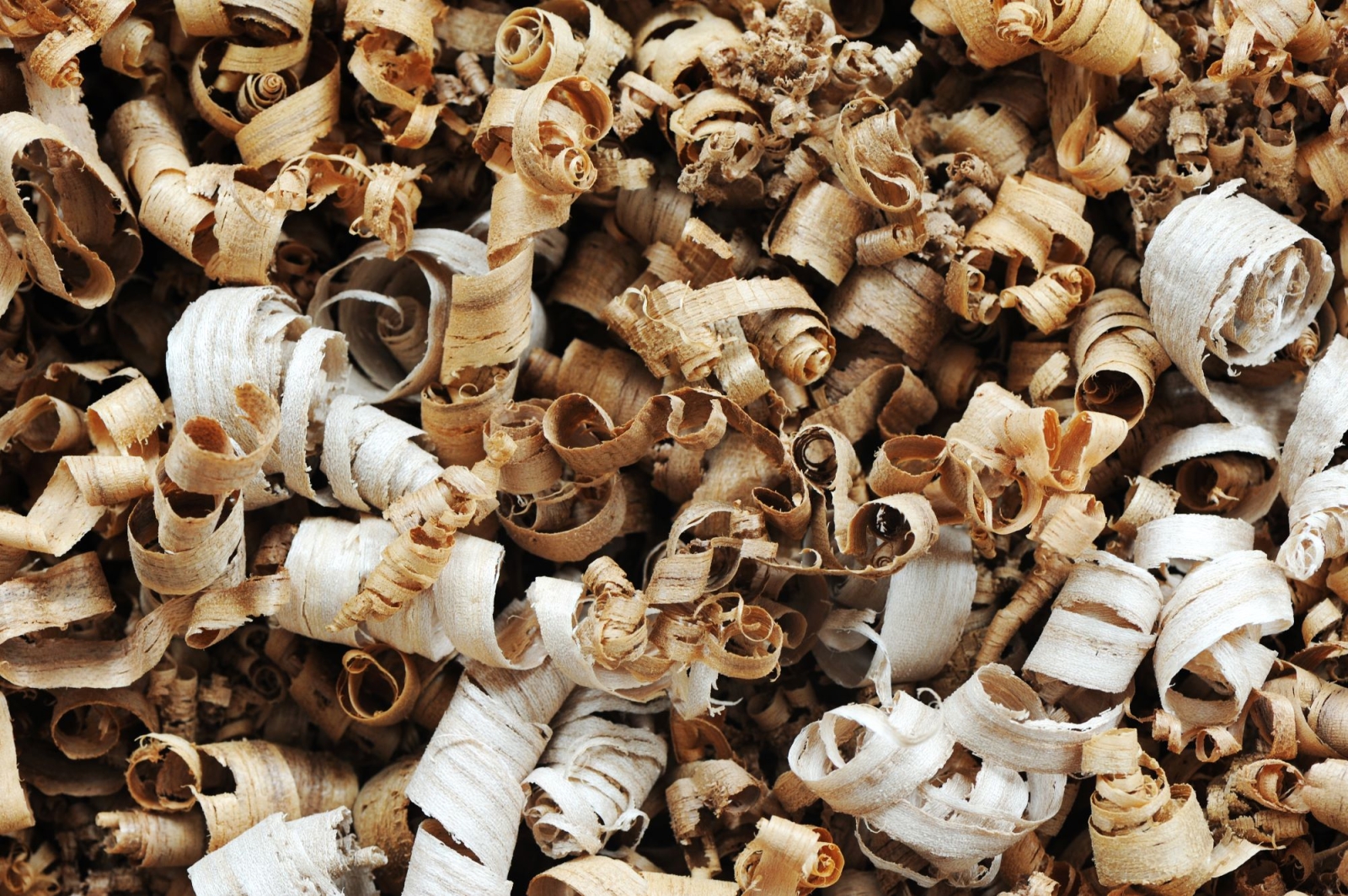If we look at the scenario of a zero-emission Europe in 2050, and study the various strategies to get there, forest and agricultural biomass are one of the most debated and divisive energy sources. Their role in net-zero scenarios has been a source of conflict for nearly two decades, within institutions, between EU countries, between environmental movements and companies, and even within the movements themselves.
In Europe, there are more than 50,000 companies in the biomass energy sector, most of which are SMEs. More than half of the plants are under 5 megawatts: the size of energy consumption – to put it bluntly – of a sports center or a hotel. Then again, there are larger and more controversial realities. In Italy, for example, we find the one in the Mercure Valley in Calabria (formerly Enel, now owned by Sorgenia), or Drax, which, according to data from the think tank Ember, has the unenviable role of the UK's single largest emitter of CO2 in the energy sector.
This is where the conflict arises: the complexity in dealing politically with the role of an industry that holds together very different realities, from the small local mountain supply chain that only uses waste from local forestry companies to the large power plants that use primary virgin raw material (i.e. trees harvested for burning). Biomass is a renewable energy source, but it still emits carbon into the atmosphere.
As Michael Norton, Environment Program Director of EASAC, the council that brings together Europe's science academies, explains, “The bioenergy industry is able to regulate itself and even use forests sustainably. The system, however, becomes harmful when we give incentives to biomass as if it were photovoltaic and wind, because we put the market in a position of wanting to burn more and more resource, so more and more trees and less and less waste.” And that is what the next update of the European RED Directive on renewables will have to address.
An aid to energy poverty
This is not an easy situation to deal with, because forest biomass to produce energy also affects issues such as ecosystem resilience, combating the abandonment of rural and mountainous areas, and the diversity of territories and their needs. As Irene di Padua, Policy Director of Bioenergy Europe, explains, “Biomass is a decentralized and circular source of energy that allows us not to waste residues from agricultural and forestry production. In addition, it is an alternative that allows so many vulnerable households to address energy poverty.”
These are two solid reasons in favor of this sector and its role in decarbonization scenarios, if we count that half of the wood harvested to make furniture is a residue that can be used to produce energy and that there are 50 million households in energy poverty in Europe. The sustainability of the sector, however, continues to be an issue that needs to be addressed at a global scale: today it accounts for 10% of the world's energy use and could grow three to six times by 2050.
Essential tool for mitigation
When the first directives on renewable energy sources were written, biomass was also included because it was (and still is) the most widely used renewable, and thus was needed to meet the various climate targets. Over time, sustainability criteria were tightened (environmental impacts and actual emission reduction), but simultaneously the scenario has begun to change: photovoltaics and wind have increased their shares, while European forests have begun to show serious signs of distress. On the one hand, there is the climate crisis (insect attacks such as bark beetles in the Alps and Central Europe, wind crashes, fires), and on the other hand, increased withdrawals: the carbon sinks in Europe are reducing their capacity to absorb CO2. A key global warming mitigation tool is weakening, and we still don't know exactly why.
The continent has a problem with forestry statistics and counts, so it is difficult to pinpoint the causes in a timely manner, or to determine what this reduction in absorptive capacity depends on. It is a fact, however, that biomass production has more than doubled since the 90s and that the main driver has been energy policies. “Even just a precautionary principle should make us stop encouraging tree cutting to produce energy. We need to learn to distinguish between good biomass and bad biomass,” Norton explains.
Good biomass and bad biomass
Basically, from the point of view of many scientists and most environmental organizations, “good” biomass is the residual, short supply chain biomass that allows wood that would otherwise be wasted to be burned: this includes wood that is at the end of cascading use, or perhaps is already on the ground from other disturbances, such as bark beetles or windstorms. “Harmful” biomass is the incentive to directly cut trees to produce energy, which feeds the flow in an artificial way compared to normal market dynamics. There is a clash of two opposing narratives here, and the only guide may be the numbers.
According to a study by the European Commission's Joint Research Center, woody biomass use in Europe has risen from 759 million cubic meters to 947 million cubic meters over the past 15 years; use of primary (non-waste) biomass has grown from 438 million cubic meters to 551 million cubic meters. Half of it ends up burned as energy, be it firewood, pellets or wood chips – the various formats by which biomass becomes electricity or heat. In essence, Europe is burning more and more trees, and it's not just branches or waste.
The balance point
Finding the balance point becomes even more complicated if we add two other factors. The first concerns the uses, and the second technological evolution. As Bioenergy Europe's di Padua explains, today's biomass energy use is predominantly residential, but in the future, there is ample room for growth in hard-to-abate sectors, those most difficult to decarbonize, which cannot rely on the intermittency of renewables and which are looking with interest at the potential of biomass to replace fossil: chemical, cement, paper, and steel industries. “Cement producers estimate a 60% increase in alternative and renewable fuels by 2030, and half of that growth is expected to come from bioenergy, which has energy potential suited to such intensive production.”
In short, the oldest source of energy, wood, could be the technological answer to the most advanced energy problems, in the sectors that will be the last to achieve sustainability because they have emissions that are too complicated to cut down. And then there is the role of innovation: in bioenergy growth scenarios, an important role is given to BECCS: bioenergy with carbon capture and storage. The IPCC predicts an uptake through BECCS of up to 16 gigatonnes of CO2 by 2100, a variable that is currently only a guess since we are still in the early prototype stage, even further behind than we are for Carbon Capture and Storage.
The final question about the future of biomass is not whether it is legitimate to include it in the decarbonization scenarios of advanced economies: against the climate crisis, and for an exit from fossil fuels, there is no such thing as being picky. The question is what biomass to use, how narrow or wide the incentives should be, and whether a clear-cut to feed a large power plant is the same thing as a small local infrastructure that uses brushwood from a forestry yard or residues from a sawmill.
This is also because time scales matter here: the climate neutrality of biomass as an energy source is based on the principle that what we are burning will grow back at some point, absorbing the CO2 emitted and putting us on a level playing field. As Norton explains, the flaw in this reasoning is that “the cycle to achieve this equality may be thirty, fifty, seventy years, before the forest grows back, which is exactly the window of time within which we need to limit emissions as much as possible to stabilize the climate. We may not count those emissions in our inventories, as we are doing, but they will still end up in the atmosphere.”
Download and read issue #47 of Renewable Matter on Trees
Image: Unsplash



